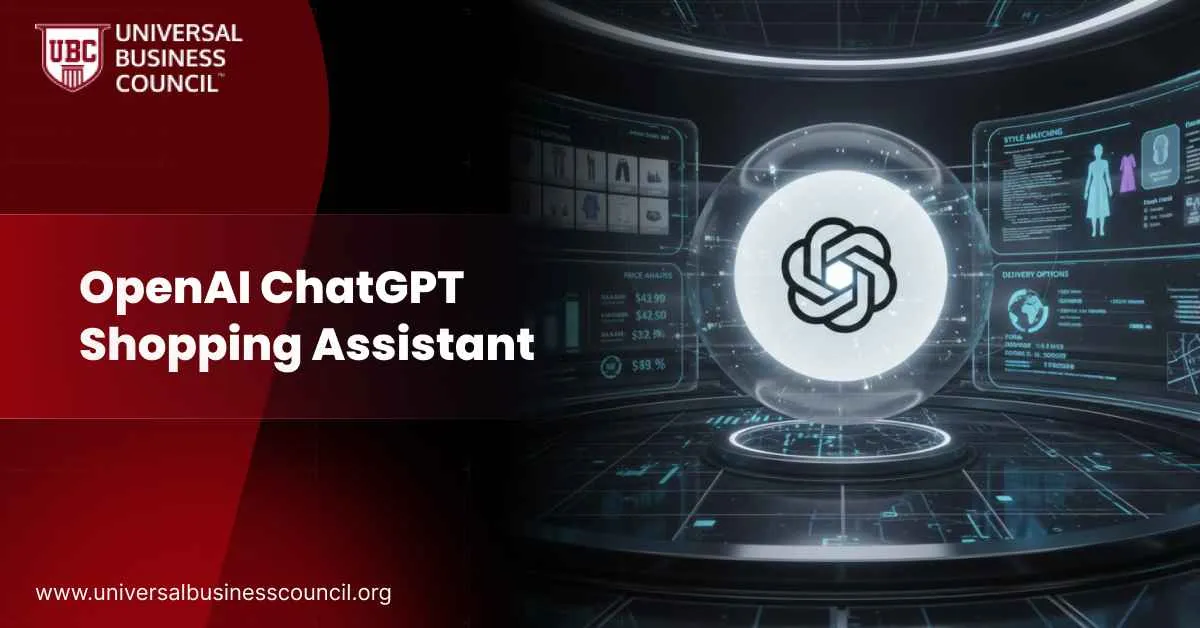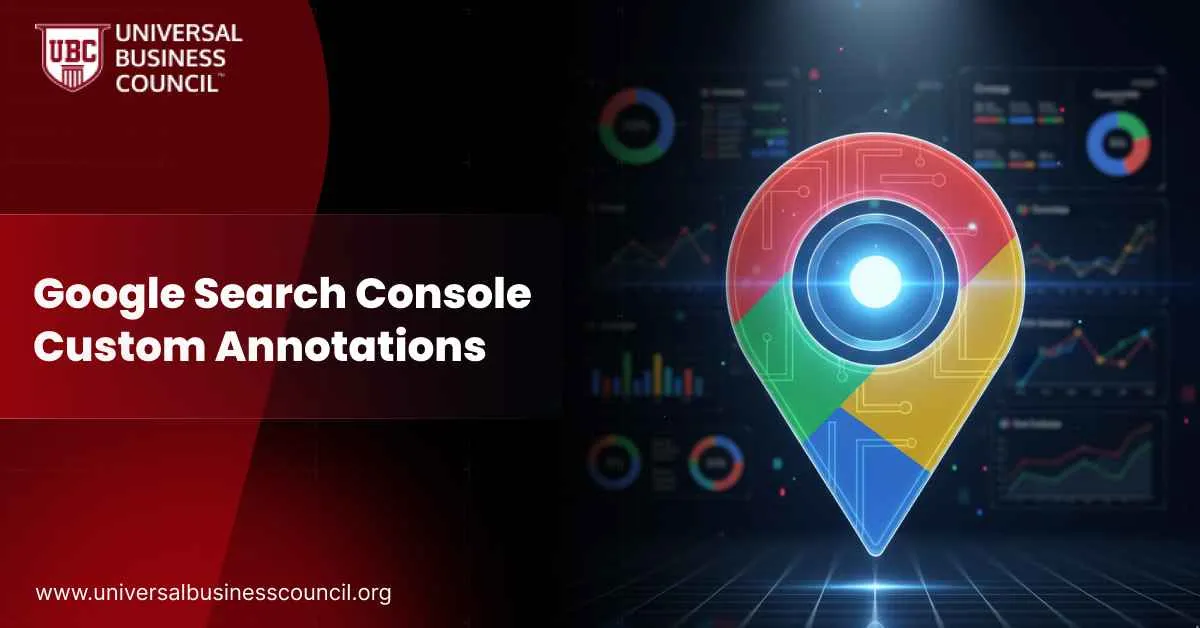
What Is OpenAI Agent Builder?
Agent Builder is a drag-and-drop platform that enables developers and enterprises to design, test, and deploy intelligent agents visually. It belongs to OpenAI’s AgentKit suite, which also includes ChatKit for embedding chat interfaces and a Connector Registry for linking APIs and data systems. Experts describe it as a “studio for reasoning AI” where every decision, tool call, and memory state can be controlled in real time. Businesses can now create AI agents that automate processes, retrieve information, or act as digital copilots for employees. Professionals looking to design such scalable AI ecosystems can explore AI certs that focus on enterprise orchestration, multimodal reasoning, and integration of AI tools.How Does OpenAI Agent Builder Work?
Agent Builder uses a modular canvas where each node represents a model, connector, or logic function. Users can connect these nodes visually, defining workflows that combine GPT-5’s reasoning power with external tools such as databases, APIs, and internal apps. Experts who previewed the system confirmed several core capabilities:- Real-time simulation and testing for agent performance
- Built-in evaluation to assess accuracy, latency, and reasoning quality
- Guardrails for compliance and safety management
- Versioning and collaboration for enterprise teams
- Deployment via API or embedded chat interfaces through ChatKit
How to Use OpenAI Agent Builder (Step-by-Step)
Experts who tested the Dev Day version described a streamlined, seven-step process: Step 1 – Access the AgentKit workspace Sign in to your OpenAI developer account and open the AgentKit dashboard. Step 2 – Create a new agent Click New Agent, name it, and select GPT-5 as the base model for reasoning. Step 3 – Add connectors and nodes Drag connectors for APIs or data sources into the canvas. Examples include Google Sheets, Slack, Notion, or private company databases. Step 4 – Configure logic and memory Connect logic nodes with flow control and enable memory modules for persistent context between steps. Step 5 – Apply guardrails Add safety and compliance rules to control what data the agent can access or how it should respond. Step 6 – Test and evaluate Use the Preview mode to simulate scenarios. The evaluation module grades responses for accuracy, tone, and efficiency. Step 7 – Deploy and monitor Deploy your agent through OpenAI’s API or embed it in an app via ChatKit. Monitor metrics such as task success rate, reasoning steps, and runtime latency. Professionals who want to manage full AI lifecycles like this can benefit from hands-on technology training that focuses on integrating generative AI tools into modern workflows.Key Features of OpenAI Agent Builder
| Feature | Description |
| Visual Canvas | Build and connect logic without coding |
| Connectors | Integrate external APIs and data systems |
| Memory Management | Maintain long-term context for reasoning |
| Guardrails | Enforce ethical, safe, and policy-compliant outputs |
| Evaluation Tools | Measure accuracy and reliability |
| Prompt Optimization | Tune prompts dynamically within workflows |
| Multi-Agent Coordination | Create teams of cooperating agents |
| ChatKit Integration | Embed custom chat UIs |
| Versioning & Rollback | Manage multiple iterations safely |
| Enterprise Scaling | Deploy securely via OpenAI’s API |
How Is Agent Builder Different from Custom GPTs?
Custom GPTs allow users to personalise ChatGPT’s responses but are limited to chat interactions. Agent Builder extends beyond conversation — enabling autonomous workflows, tool usage, and multi-step execution. Experts describe Agent Builder as “ChatGPT graduating into a full employee.” Instead of answering, it acts — planning, retrieving data, and completing structured business processes.How Does Agent Builder Integrate with GPT-5?
GPT-5 acts as the cognitive core of Agent Builder. It can execute reasoning chains, access memory, and handle multiple tool calls simultaneously. This capability enables agents to perform analytical tasks like research synthesis or report generation in a single, coherent flow. Experts highlight that GPT-5’s extended context window allows for richer state management, which makes agent behaviour more stable and predictable. Learners can deepen this understanding through a Prompt Engineering Course to master prompt design and dynamic control in large-language models.Why Is Agent Builder Important for Businesses?
Agent Builder introduces “operational AI” — where systems don’t just predict or summarise but act in real time. Businesses can automate documentation, customer support, analytics, and decision-making tasks. Organizations that train their teams to understand agent logic, workflow design, and automation ethics gain a clear competitive advantage. For technical leaders, a Data Science Certification provides the analytical framework to measure agent performance effectively.Is Agent Builder Safe and Compliant?
Yes. OpenAI’s guardrails, auditing, and version tracking ensure that every agent action is traceable. Experts who reviewed the system reported that each decision path can be graded, logged, and rolled back if needed. To understand the data security side of agentic AI, professionals can explore Blockchain technology courses, which emphasise transparency, verification, and tamper-resistant workflows.What Are the Limitations of Agent Builder?
While powerful, the system still has constraints:- Limited external connectors at launch
- High cost for long, multi-tool reasoning chains
- Requires a learning curve for proper evaluation setup
- Closed ecosystem within OpenAI for now




Leave a Reply